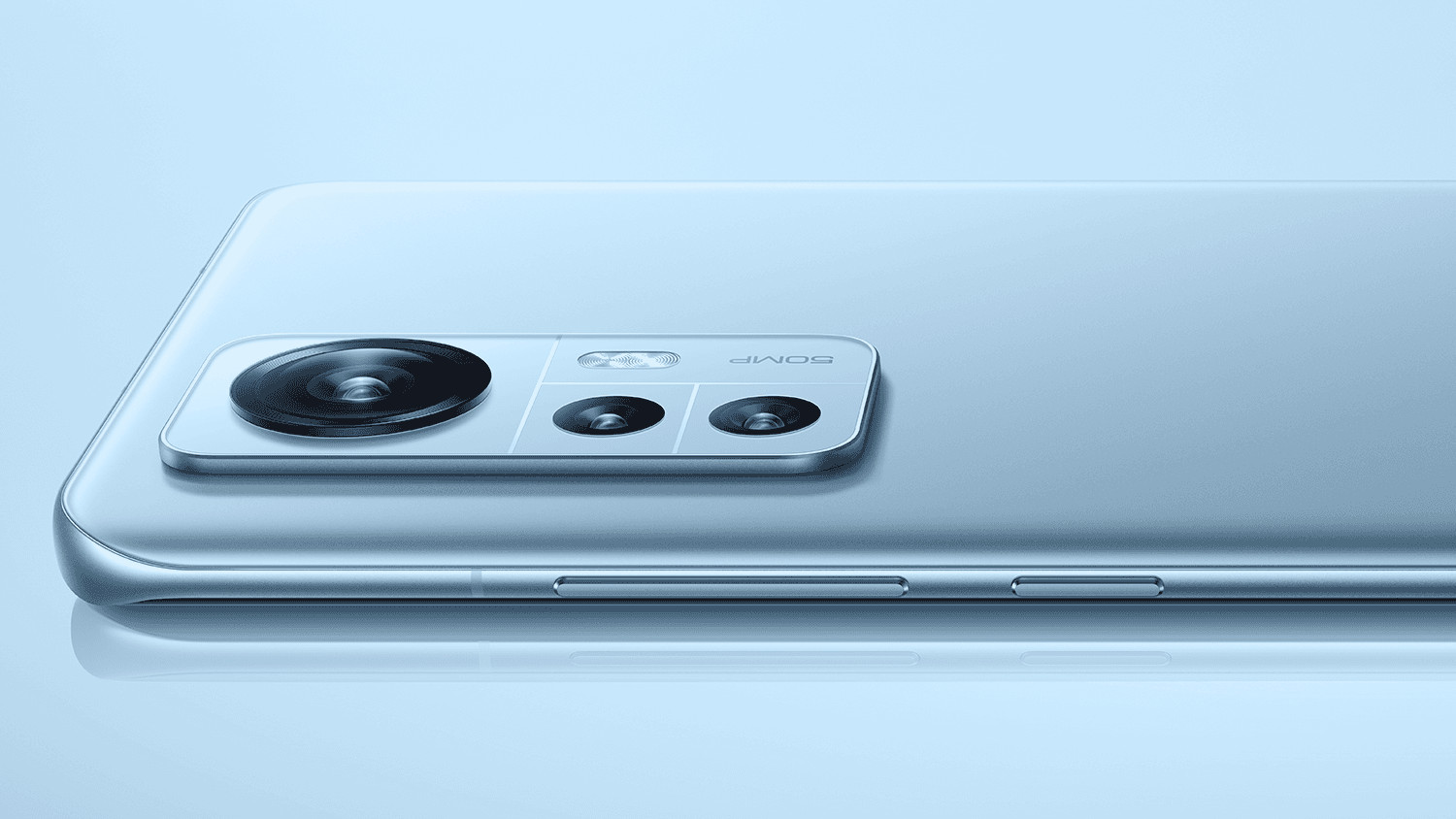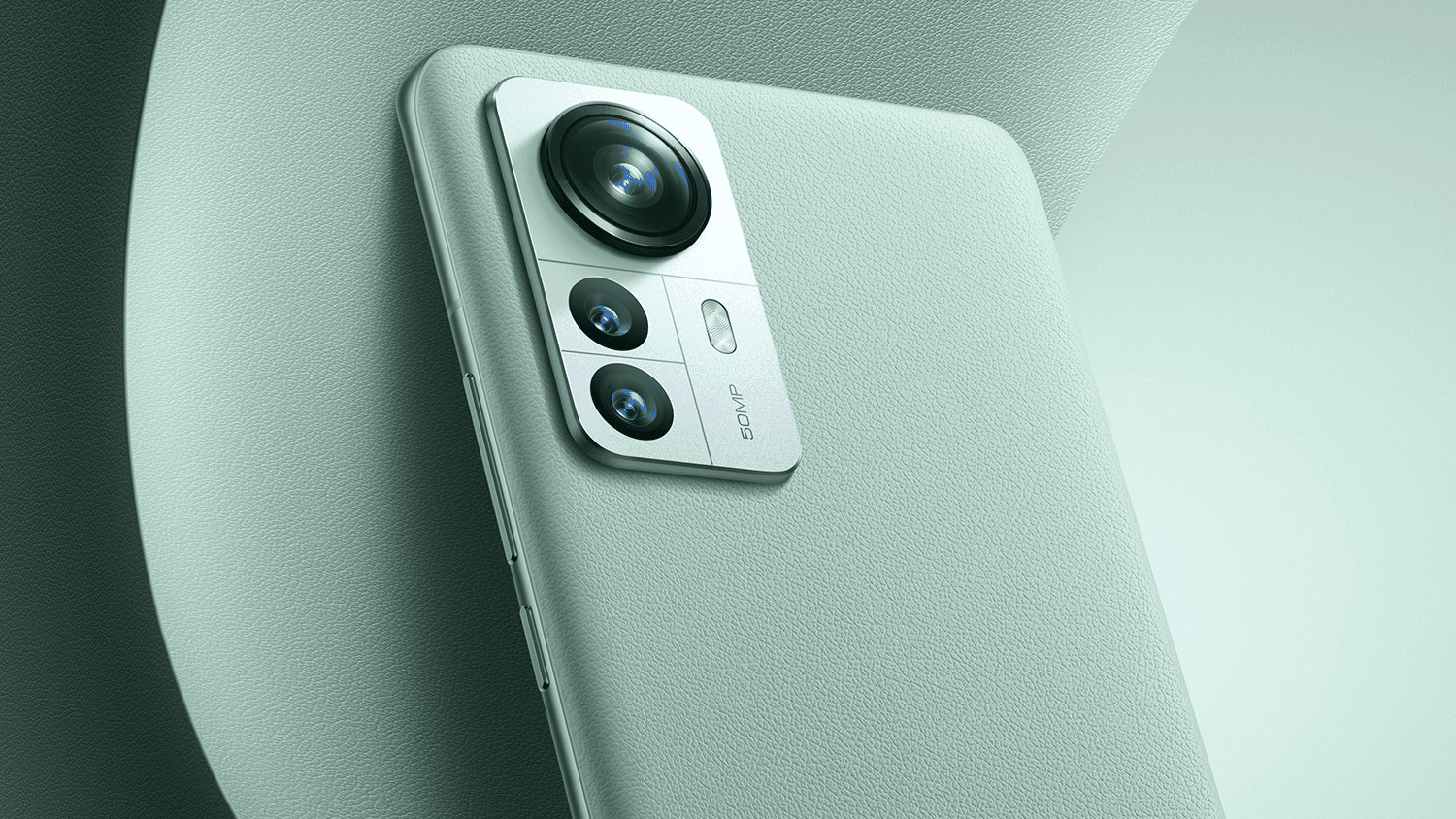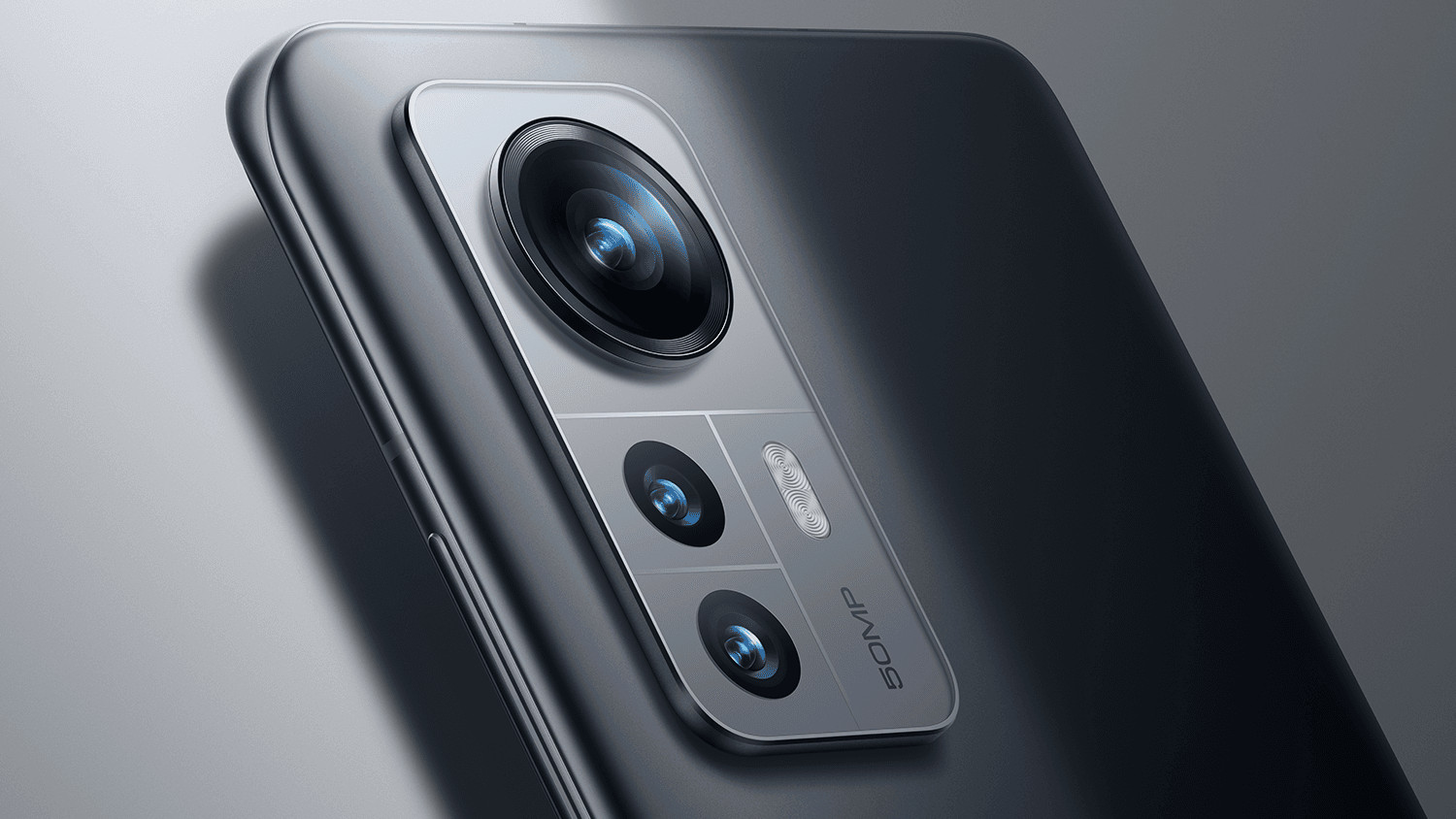The Xiaomi 12 series has me both excited and worried — here’s why
You may have missed it, but the Xiaomi 12 series got officially unveiled in China over the holidays. However, having looked over the specs and compared them to the most anticipated phones, I can’t help but think that Xiaomi has abandoned some features and neglected to add others, which would give the 12 series the same advantages that made the Xiaomi Mi 11 series good.
The announcement revealed to us the Xiaomi 12, Xiaomi 12 Pro, and the lower-specced Xiaomi 12X. So it’s a range of three, or at least until the seemingly inevitable 12 Ultra arrives. That’s a good number of phones to pick from at least, but I don’t like what Xiaomi’s done with the base phone.
On its face, the 120Hz and FHD resolution display, 67W wired charging and the rear array of 50MP main/13MP ultrawide/5MP telephoto cameras offers some good compromises on feature breadth and quality for a phone of this price. However, this is still the phone in the range that I am the least sure about, since Xiaomi took the decision to make a major change, shrinking the size of the 12 (and the 12X) to 6.3 inches.

When I reviewed the Xiaomi Mi 11 last year (and then named it my personal favorite phone of the year in December), part of my praise was for the phone’s 6.8-inch, QHD display with 120Hz maximum refresh rate. Not only was it good for a basic flagship phone, it was good enough to beat or match basically all its rivals for quality, even those that cost hundreds of dollars or pounds more, like the OnePlus 9 Pro or the Galaxy S21 Ultra. And now that killer edge has been taken away.
A smaller display can be a good thing for users who want smaller handsets given the choice, plus it gives the 12 Pro a stronger claim to its Pro title with its larger display. But its new reduced size and resolution, the Xiaomi 12 will have to fight on a more even playing field with phones like the upcoming Galaxy S22, which is rumored to offer superior cameras as well as a more familiar name for U.K. buyers.
The Xiaomi 12 Pro is armed with a 6.8-inch QHD/120Hz panel, but instead its weakness may lie with its cameras. It appears to inherit the camera setup of the Mi 11 Ultra; three 50MP main sensors covering main, ultrawide and 2x telephoto duties. That’s a lower max magnification, and two fewer sensors, than the S21 Ultra has, and that the Galaxy S22 Ultra is rumored to have. That didn’t matter last year, as the Mi 11 Ultra offered a secondary display alongside those cameras to let you take selfies with them or to help your subjects frame themselves. There’s no such gimmick on the 12 Pro.

It’s a similar story with software. Other than Xiaomi’s details on how it’s improved its existing photography algorithms, there doesn’t appear to be any new photo or video app toys to play with. The OnePlus 10 Pro, the Google Pixel 6 Pro and the iPhone 13 Pro, which all also offer three rear cameras, have invested heavily in their special features like special “movie” modes or advanced editing. The Xiaomi 12 Pro had better take stunning images and video, otherwise it looks like it could fall behind on all aspects of photography.
Xiaomi has equipped the Pro model with one other selling point that could more easily win over buyers: its 120W wired charging capability. I tried this feature out briefly with the Xiaomi 11T Pro and was thoroughly impressed. It puts the 12 Pro in a good position to beat the S22 series (which is rumored to only have 45W charging) as well as the oneplud, which just had its 80W charging officially confirmed. It’s why, despite the apparent camera disadvantage on paper, I think the Xiaomi 12 Pro remains a stronger competitor in its class than the base Xiaomi 12 does in its own.
There are a few other minor things that could provide the Xiaomi 12 and 12 Pro with an edge. Both will use LPDDR5X RAM, the fastest standard for mobile device memory currently on offer, and will again feature stereo speakers tuned by Harmon-Kardon , which provided the Mi 11 with an excellent, broad soundstage effect. The whole Xiaomi 12 series also looks more attractive to my eye this year as well, with a more cohesive camera block design.
The final member of Xiaomi’s new lineup is the 12X, which offers an interesting new idea for making a cheaper version of the phone. It shares all the same specs as the Xiaomi 12, except it uses a less powerful Snapdragon 870 chipset and doesn’t offer wireless charging. I think it makes a great entry point in the range since you can still have everything else that makes the 12 good.

You don’t have to give up the cameras, the display, the 5G compatibility or fast charging just because you’re not interested in getting the maximum amount of performance or a wireless charging ability you may never use. Even though it’s a much more compact handset than the Mi 11, perhaps this one will be my favorite of the three if it’s priced properly, taking over the Mi 11’s spot as phone bargain of the year.
I think it’s a safe bet that one or more of these phones are going to be one of the best phones in the U.K. once they arrive. However, I’m not certain if they’ll outrank the competition this year. Maybe Xiaomi’s put in more effort into its smaller, less camera-heavy phones than it’s let on, letting them compete more directly on quality rather than just specs. But right now I’m worried the Xiaomi 12 may not be able to take on the top flagships.
For all the latest Technology News Click Here
For the latest news and updates, follow us on Google News.
